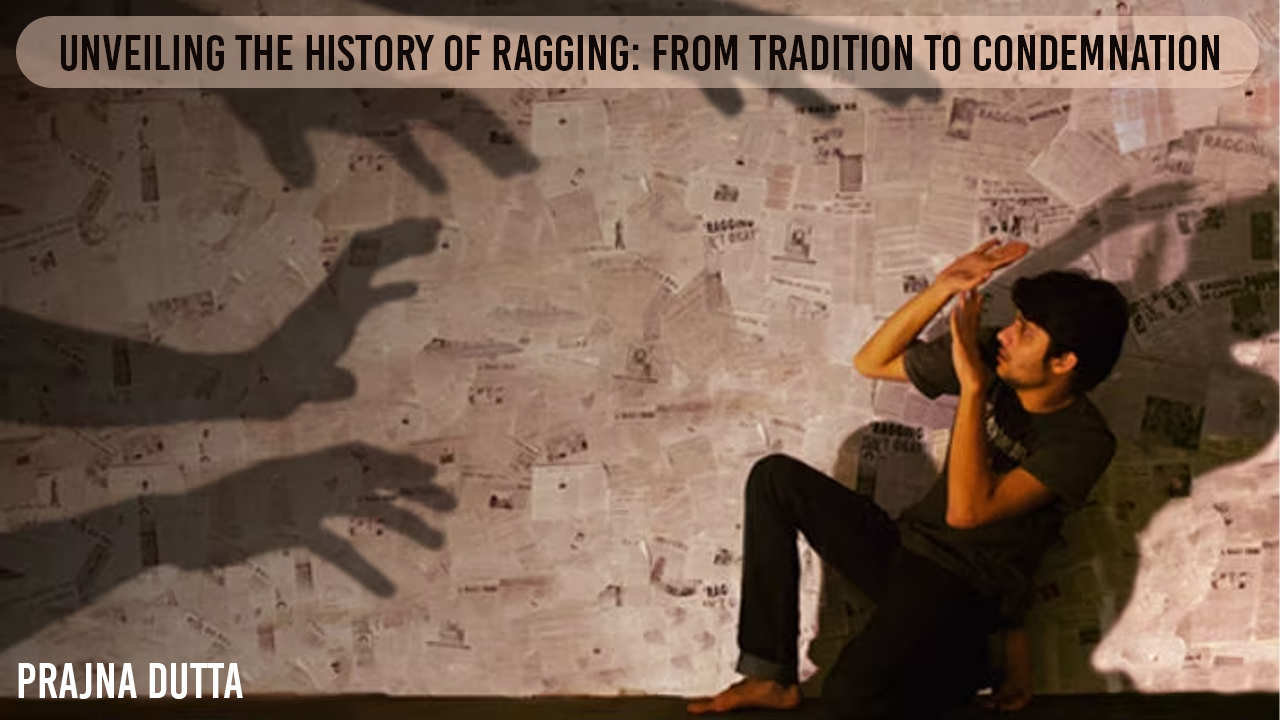Introduction:
Ragging, also known as hazing, is a controversial practice that has plagued educational institutions for decades. Originating from a seemingly innocent tradition, ragging has transformed into a subject of concern due to its potential for abuse and harm. In this article, we delve into the history of ragging, exploring its roots, evolution, and the measures taken to address this issue.
The Roots of Ragging:
The history of ragging can be traced back to ancient times when it was practiced in various forms. In medieval European universities, senior students subjected newcomers to initiation rituals, which involved physical and mental challenges. Similarly, in military academies, new recruits were put through rigorous training to test their resilience and build camaraderie.
Evolution of Ragging:
During the 19th and early 20th centuries, ragging became prevalent in British boarding schools and universities. It was considered a way to maintain discipline, foster a sense of hierarchy, and forge bonds among students. The activities ranged from harmless pranks and practical jokes to more extreme forms of humiliation.
In India, the practice of ragging gained popularity during the colonial era when British-style institutions were established. Ragging rituals were introduced as a means to assimilate new students into the prevailing system and create a sense of belonging. However, over time, the nature of ragging in India took a darker turn as it became more abusive and violent.
Controversies and Condemnation:
As society progressed and awareness grew, the negative consequences of ragging came to the forefront. Several instances of physical and psychological trauma suffered by victims began to be reported, raising concerns about the safety and mental well-being of students. Ragging was no longer seen as a harmless tradition but as a form of harassment that infringed upon the rights and dignity of individuals.
In response to public outcry and mounting evidence of tragic outcomes, educational institutions, governments, and NGOs began taking measures to curb ragging. Legislation was enacted in many countries, including India, to criminalize ragging and provide a legal framework for dealing with offenders. Strict anti-ragging policies were implemented, and committees were formed to address complaints and offer support to victims.
Efforts to Eradicate Ragging:
To combat the menace of ragging, numerous initiatives have been undertaken worldwide. These include awareness campaigns, counseling programs, orientation sessions, and stringent penalties for offenders. Educational institutions have adopted a zero-tolerance policy towards ragging, emphasizing the importance of a safe and inclusive environment for all students.
Conclusion:
The history of ragging reveals a journey from an innocent tradition to a condemned practice. What once symbolized camaraderie and initiation has transformed into a serious concern for educational institutions worldwide. While efforts to eradicate ragging have been made, it still persists as a challenge, demanding continuous vigilance and proactive measures.
As we move forward, it is crucial to foster a culture of empathy, respect, and inclusivity within educational institutions. By promoting healthy interactions and providing support systems, we can create an environment that nurtures personal growth and discourages any form of harassment. Ultimately, the goal should be to ensure that every student has the opportunity to pursue education in a safe and nurturing environment, free from the fear of ragging.

YoCWhVrcX
wBkErxUdhPgKoTbS